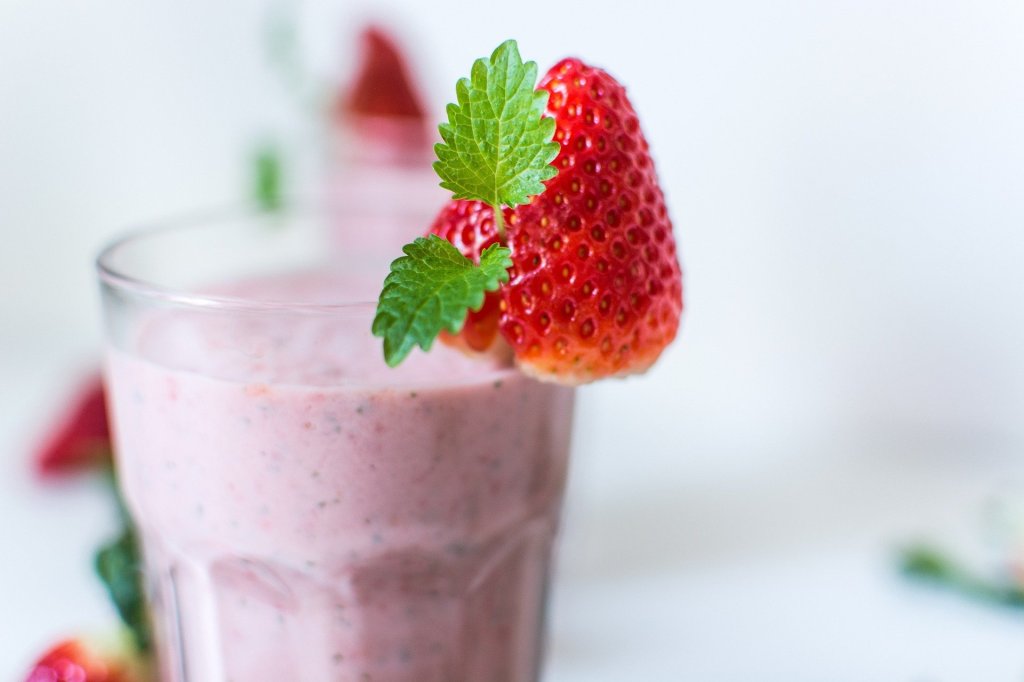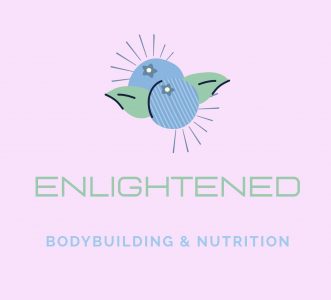A common question for Vegans is whether they can build muscle whilst eating a plant-based diet. And the answer is absolutely! Whilst it may require a little more attention in terms of diet, there is no question about it. Many people have achieved the best physique of their life whilst being vegan, and on top of that there are so many other physical benefits that eating a plant based diet can bring. The key to muscle gain is good nutrition and progressive overload in training.
Make Sure You Are Eating Enough Calories
One mistake many people make when trying to build muscle, especially those new to veganism, is not eating enough calories. In general, plant-based foods are higher in volume and fibre and low in calories, meaning that you will feel like you have eaten more than you actually have. This is great for those looking to lose weight, but if you are serious about gaining muscle you should check you are eating enough by figuring out how many calories you burn each day. You should include many calorie and nutrient dense foods in your diet such as nuts,seeds wholegrains and legumes as well as fruits and vegetables, to ensure all of your nutritional requirements are being met.

So how many calories do I need?
This is something that will vary from person to person depending on weight, age gender and activity levels, as well as body fat percentage.
• First of all you need to calculate your Basal Metabolic Rate (BMR). This is how many calories your body needs simply to function, without factoring in any activity. This can be calculated using the following formula:
Men: 10 x weight (kg) + 6.25 x height (cm) – 5 x age (years) + 5
Women: 10 x weight (kg) + 6.25 x height (cm) – 5 x age (years) – 161
• Next you need to calculate your Total Daily Energy Expenditure (TDEE). This is the total calories your body burns during the day, including exercise and how many calories you should eat to maintain your weight. To calculate this you should look at your activity levels and multiply your BMR by the appropriate value.
Sedentary / lightly active: BMR x 1.5
Active/ moderately active: BMR x 1.8
Vigorous/highly active : BMR x 2.2
So now you know how many calories you need to maintain your weight. But in order gain weight you need to be in a calorie surplus – this means eating more calories than your body burns.
To bring you into a calorie surplus you should add between 250 to 500 calories to your TDEE – I recommend starting at 250 calories and tracking your progress for a few weeks, then increasing if necessary. This will help to avoid excessive fat gain.
I would highly recommend that you track your intake every day, either using a food diary or an app to ensure you are eating enough calories, as it is very easy to under or overestimate how many calories you consume, as well as making sure you are getting the right amount of nutrients that your body requires.
Macronutrients (Macros)
Macronutrients (or macros) simply put, are the nutrients where we get most of our energy – carbohydrates, proteins and fats. Counting macros is a method of tracking and controlling not only energy intake, but also the ratio of each macro makes up your intake.

Carbohydrates
Carbohydrates are the body’s primary source of energy and are vital for ensuring you have energy for your workout and also helps you to recover after your workout.
When trying to gain muscle, it is recommended to consume around 2-4 g per pound of bodyweight, and this should make up the highest percentage of your daily calorie intake. You should aim to get most of your carbs from slow digesting carbohydrates, such as whole wheat bread, sweet potato, oats and vegetables to help fuel your body and after a workout fast digesting carbohydrates such as fruits, white bread and pasta to replenish your muscle’s glycogen stores.
Protein
Protein is one of the most debated areas of nutrition however getting enough protein is crucial for building and maintaining muscle. For building muscle, the optimal intake of protein is around 0.8g-1.2g per pound of bodyweight. Some of the best sources of vegan protein are tofu, seitan, soy milk and lentils. You can find more about vegan protein sources in my previous post.
Fats
Fats are an essential part of every diet. They help to regulate hormones, keep hair and skin healthy and regulate cholesterol levels as well as adding essential calories to your diet. It is recommended that you consume 0.45g per pound of bodyweight for muscle gain. Some excellent sources of healthy fats are avocado, nuts and seeds and nut butters.
Do I need supplements?
In short, no, you don’t necessarily need to take supplements. There is no magical formula that will make you gain the muscle you want. However, for many supplements are a very convenient way to boost their performance during exercise and recovery afterwards.

Many Vegans do struggle to reach their daily protein goal. In this case I would strongly recommend using a protein supplement. There are many protein supplements out there, the best kinds are a blend of multiple types of protein such as soy, pea and brown rice protein since the contain all of the essential amino acids required for building muscles, and normally around 30g of protein per scoop! You can add the powder to many foods such as oats, pancakes and smoothies and they come in some delicious flavours but you should opt for ones with minimal added ingredients to avoid any digestive issues.
Exercise
Once you have figured out your macros and how many calories you need to consume, you need to ensure you are progressively overloading your muscles during your workouts and focusing on compound exercises using multiple groups of muscles. This can be achieved by increasing the weight or resistance you use, the number of repetitions per exercise or reducing your rest between sets.
Tracking Your Progress
Tracking your progress is a crucial part of your journey. It allows you to see whether your hard work is paying off and whether any adjustments need to be made, but also helps you to see how far you have come.
Ensure that you have a clear goal or targer, for example goin 10lbs or 2 inches on your biceps or thighs. This will help you focus on the goal you are aiming for and tell you whether you’re headed in the right direction.

Weighing yourself is one way to track progress that is commonly used – as a general rule 0.5kg per week is the ideal rate to ensure that you are gaining minimal body fat. If you are gaining less, you might want to consider increasing your calories.
On the other hand, since muscle weighs more than fat, you may find taking progress photos or measurements is preferable as it can give you a more visible idea of your progress.
You can also track your progress in the gym, since if you are lifting more weight, it means you are getting stronger. If it is available, you can track your body fat percentage using callipers or a body composition scan to ensure that your fat gain is minimal.
So now you know how to start building a plan, what’s next?
You should plan your daily meals based on your macro ratios. You can eat what ever fits into your daily intake, however I would recommend that you consume minimal processed foods, and mostly whole foods. This way you will feel more energetic and avoid digestion issues and excess fat gain.
If you would like any help creating meal plans, finding out your macros and reaching your goals, I am always here to help. Get in touch with me if you are interested!

Very informative it is just what I need to know
LikeLiked by 1 person
That is wonderful ❤️
LikeLiked by 1 person
Very interesting read 🙏 thank you
LikeLiked by 1 person
Thank you for reading 😊
LikeLike